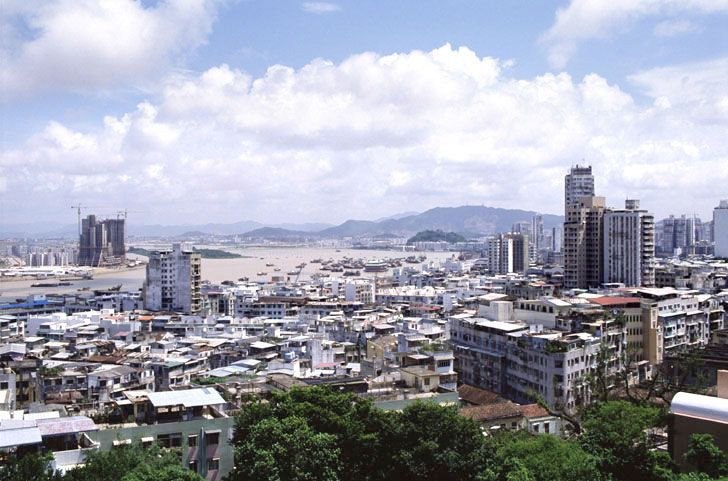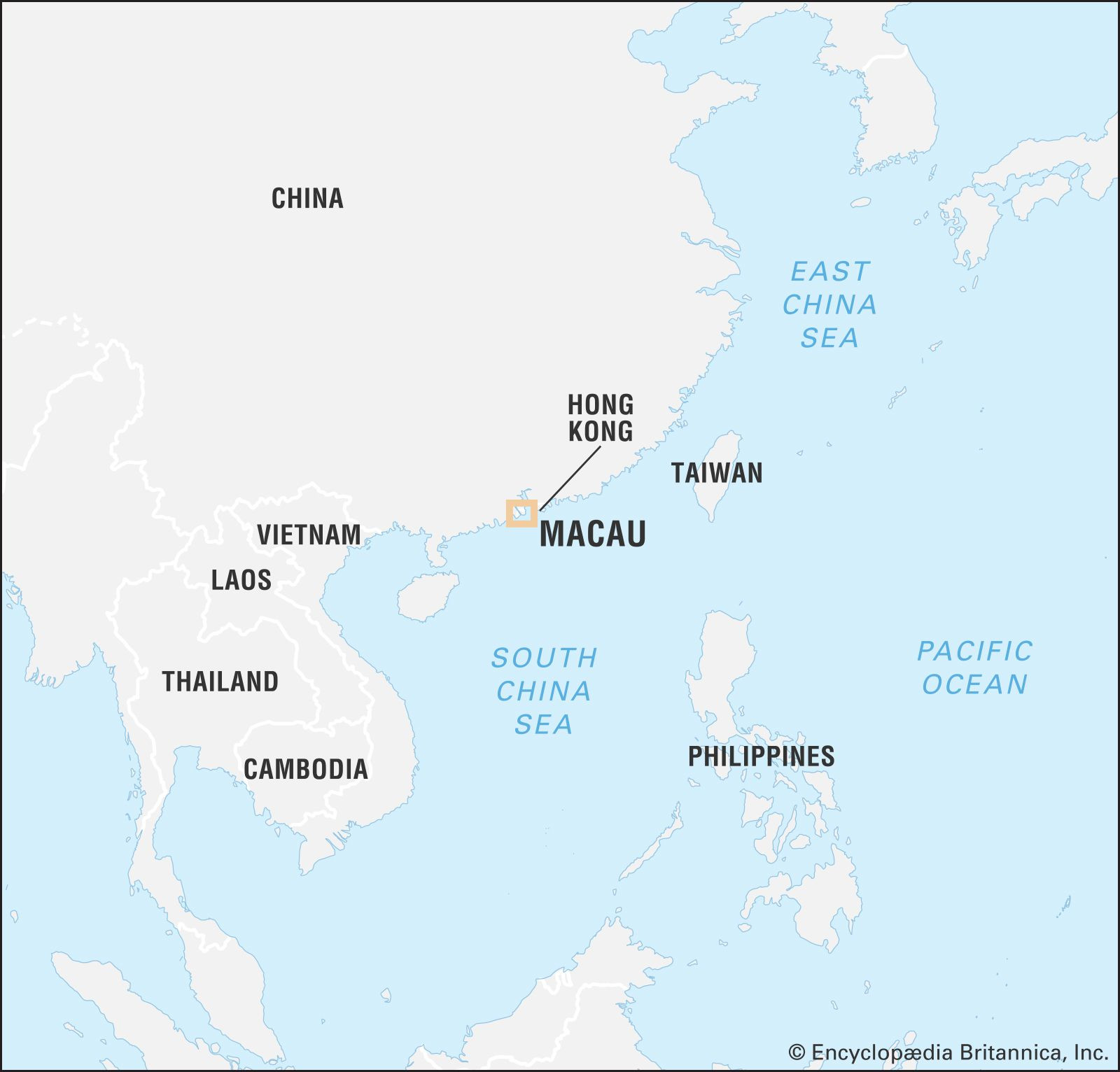Macau, a name synonymous with dazzling casinos and a unique blend of cultures, often sparks curiosity about its precise geographical whereabouts. If you’ve ever wondered, “Where Is Macau Located?”, you’re not alone. This comprehensive guide will pinpoint Macau’s location and delve into its geographical significance, offering a deeper understanding of this fascinating Special Administrative Region of China.
Macau is nestled on the southeastern coast of China, specifically at the southwestern tip of the Pearl River Delta. This strategic location places it in close proximity to other major regional hubs. To its east, across the Pearl River estuary, lies Hong Kong, another Special Administrative Region, approximately 60 kilometers (about 40 miles) away. Macau’s mainland connection is with Guangdong province, from which a narrow peninsula extends, forming the primary landmass of Macau.
Macau’s location within the Pearl River Delta is particularly significant. This delta region is one of the most densely populated and economically vibrant areas in the world. The Pearl River, known as Zhu Jiang in Chinese, is a major river system in southern China, and its estuary is a crucial waterway for trade and transportation. Guangzhou (formerly Canton), a major port city, is situated at the head of this estuary, further highlighting Macau’s connection to a historically and economically important region.
Geographically, Macau encompasses more than just the peninsula. It also includes the islands of Taipa and Coloane. These islands, once separate, are now connected by a substantial expanse of reclaimed land known as Cotai. This land reclamation project has physically unified Taipa and Coloane, creating a larger, more contiguous territory for Macau’s development, particularly in its renowned Cotai Strip, famous for its mega-casinos and resorts.
 Macau
Macau
The city of Macau itself is concentrated on the peninsula, extending up hillsides and occupying nearly the entire peninsula area. The name “Macau,” or “Macao,” originates from “Ama-gao,” meaning “Bay of Ama” in Chinese. Ama is the patron goddess of sailors, reflecting Macau’s historical roots as a significant port and trading hub.
Macau’s landmass is characterized by small, granite hills and limited flatland areas. The original tropical evergreen forests have largely been replaced by urban development. Coloane Peak, reaching 172 meters (565 feet), marks the highest point in Macau. The region experiences a monsoonal climate, typical of its location just within the tropics, with a distinct wet summer season from April to September.
 Macau
Macau
From a broader perspective, Macau’s position in southern China places it within East Asia, a region known for its dynamic economies and rich cultural heritage. Its proximity to Hong Kong and mainland China has profoundly shaped its history, economy, and cultural identity. Macau’s unique blend of Portuguese and Chinese influences stems from its history as a Portuguese colony for centuries before reverting to Chinese sovereignty in 1999.
Macau’s location has been instrumental in its economic development. Its status as a free port and its strategic position within the Pearl River Delta have fostered trade and tourism. The influx of tourists, particularly from mainland China and Hong Kong, seeking entertainment and gaming experiences, has made tourism and gambling the cornerstones of Macau’s modern economy.
Culturally, Macau’s location has made it a melting pot. While Cantonese Chinese is the predominant language and culture, the legacy of Portuguese colonization is evident in its architecture, cuisine, and official languages, which include both Chinese and Portuguese. This unique cultural fusion distinguishes Macau from other regions in China and contributes to its international appeal.
In conclusion, when answering the question “where is Macau located?”, it’s crucial to understand not just its coordinates but also its context. Macau is located on the southwestern coast of China, in the Pearl River Delta, near Hong Kong and Guangzhou. This location has been fundamental to shaping its history as a trading post, its economic prosperity as a gaming and tourism center, and its unique cultural identity as a blend of East and West. Understanding Macau’s location is key to appreciating its significance on the global stage.


